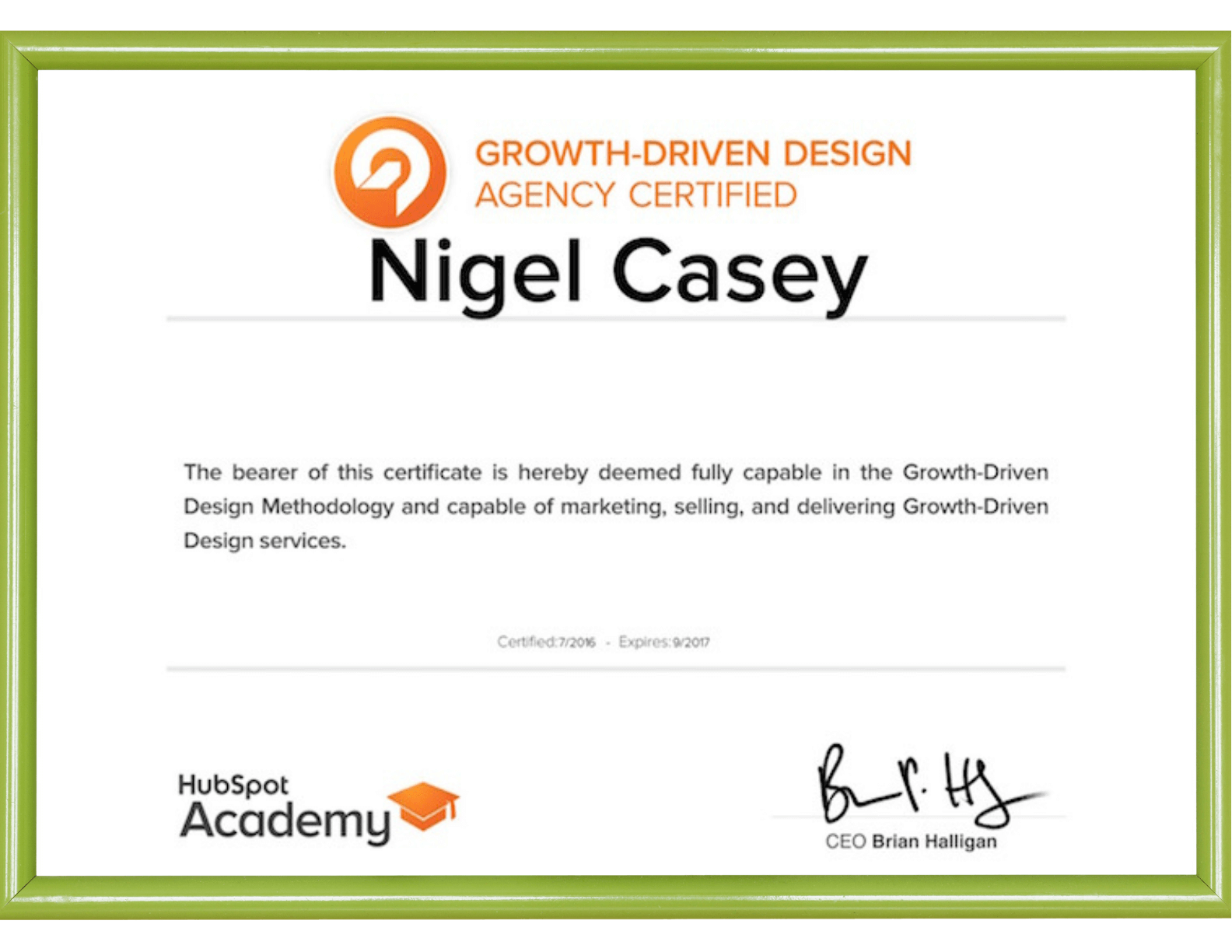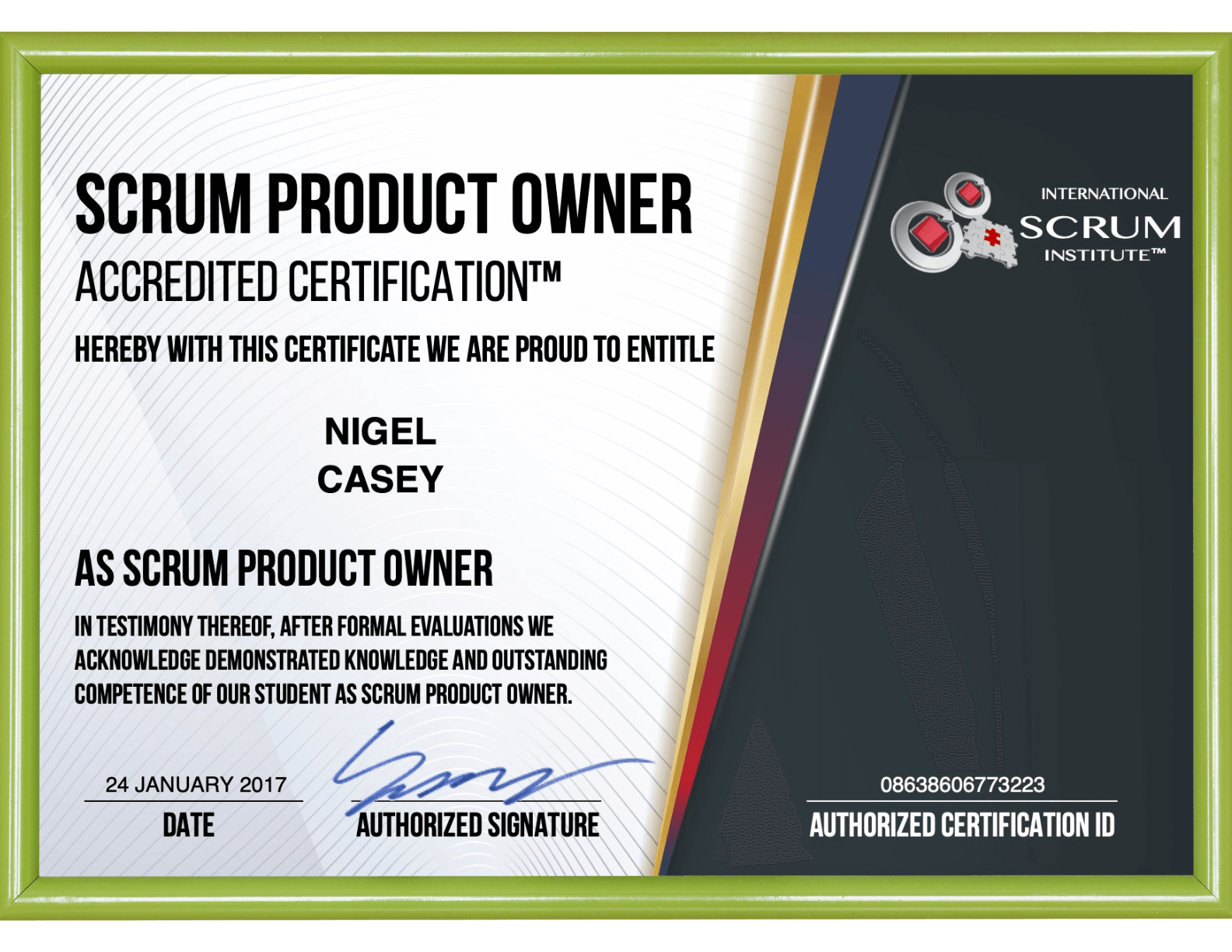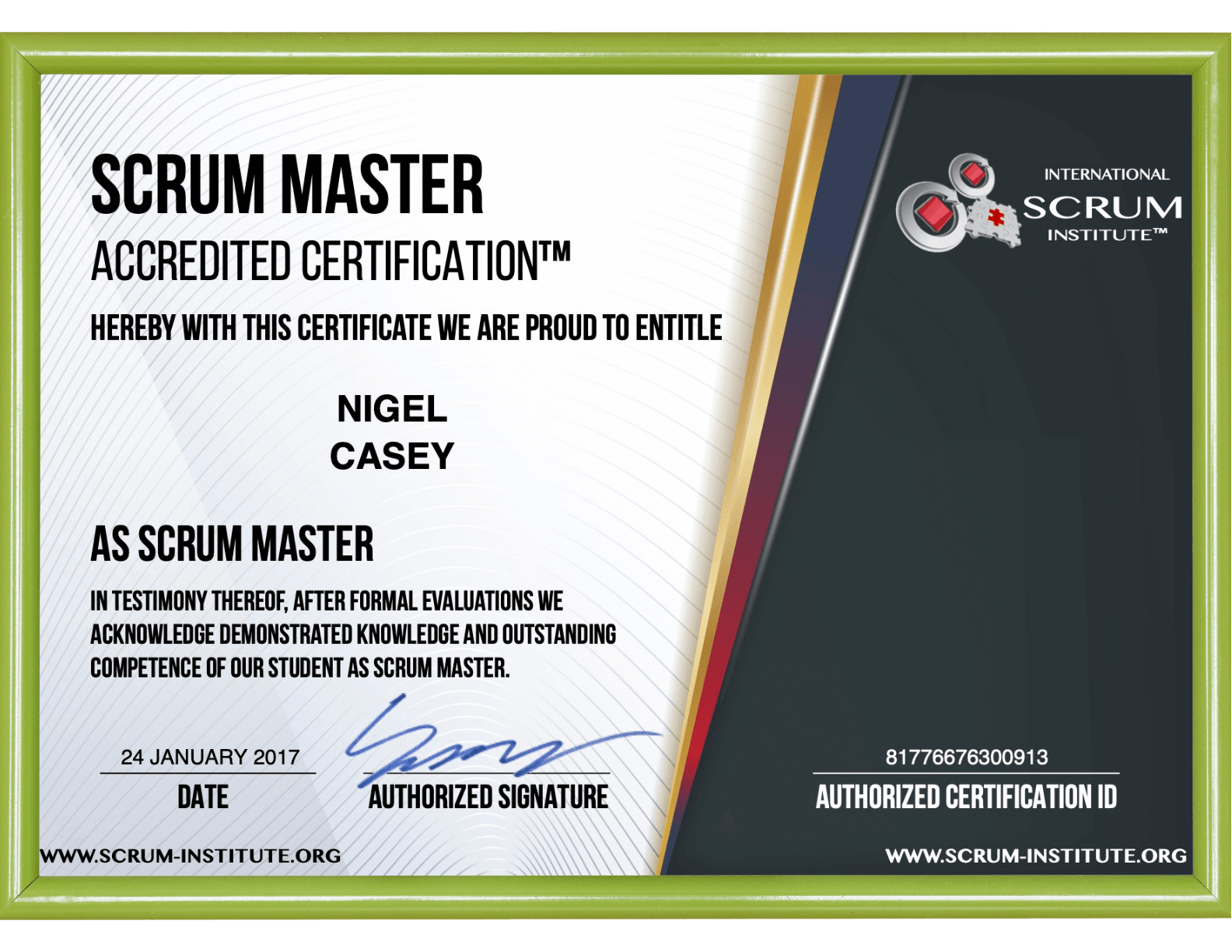Start generating a ...
consistent flow of Quality Leads in less than 24 hours
...with a Simple 3-Step Process
Discover how to Start Generating a consistent flow of Quality Leads for your Business in less than 24 hours with a Simple 3-Step Process ...
... Using Facebook & Instagram
... without wasting time and energy on labour-intensive prospecting
... without wasting time and money trying to figure out how to do it yourself
... ... so you can enjoy consistent business growth (on autopilot).
Frequently Asked Questions
Common questions about creating, managing and optimising paid advertising campaigns methodically, effectively and profitably.
How do you develop Facebook and Instagram advertising strategies that align with my business goals?
Developing effective Facebook and Instagram advertising strategies that align with your business goals involves several key steps. Here's a structured approach:
1. Define Your Business Goals Specificity:
Be clear about what you want to achieve. Common goals include increasing brand awareness, generating leads, driving website traffic, boosting engagement, or increasing sales.
Measurability: Ensure that your goals are measurable so you can track the success of your campaigns. For example, set a specific target for the number of leads or the amount of sales you want to achieve.
2. Understand Your Target Audience
Demographics and Interests: Use Facebook's Audience Insights to understand the demographics, interests, and behaviors of your target audience.
Customer Personas: Create detailed customer personas to better tailor your messaging and ad creative to your audience's needs and preferences.
3. Choose the Right Ad Formats
Ad Types: Facebook and Instagram offer various ad formats such as image ads, video ads, carousel ads, stories ads, and more. Choose the formats that best suit your campaign goals and audience preferences.
Creative Content: Ensure your ad creative (images, videos, text) is high-quality, engaging, and aligned with your brand identity.
4. Craft Compelling Ad ContentValue Proposition:
Clearly communicate the value your product or service offers to the target audience.
Call-to-Action (CTA): Use strong, action-oriented CTAs to encourage your audience to take the desired action, whether it's visiting your website, making a purchase, or signing up for a newsletter.
5. Utilise Targeting Capabilities
Custom Audiences: Use custom audiences to target users who have previously interacted with your business, such as website visitors or past customers.Lookalike
Audiences: Create lookalike audiences to reach new users who are similar to your best existing customers.
6. Set Your Budget and Bidding Strategy
Budgeting: Decide on a daily or lifetime budget based on your campaign goals and the duration of your ad campaign.
Bidding: Choose a bidding strategy (e.g., cost per click, cost per impression) that aligns with your campaign objectives.
7. Test and Optimise
A/B Testing: Regularly test different elements of your ads (such as ad creative, targeting options, and ad placements) to determine what works best with your audience.
Analytic and Metrics: Use Facebook and Instagram's analytics tools to track the performance of your ads. Focus on key performance indicators (KPIs) that align with your business goals.
8. Scale Successful Campaigns
Replicate Success: Once you identify high-performing ads, consider increasing their budget or using similar strategies in future campaigns.
Iterative Process: Continuously refine your strategies based on performance data and changing market trends.
9. Stay Updated and Compliant
Platform Updates: Stay informed about the latest features and changes to the Facebook and Instagram advertising platforms.
Regulations: Ensure your ads comply with Facebook's advertising policies and any relevant legal regulations in your target markets.
By following these steps, you can develop Facebook and Instagram advertising strategies that are tailored to your business goals, effectively engage your target audience, and ultimately drive better results for your business.
What Facebook and Instagram advertising strategies and practices do you employ to boost website visibility?
Boosting website visibility through Facebook and Instagram advertising involves a combination of strategic planning, creative execution, and ongoing optimization. Here are some effective strategies and practices:
1. Objective Selection
Choose the "Traffic" campaign objective on both Facebook and Instagram to specifically target users who are more likely to click on your ads and visit your website.
2. Target Audience Definition
Detailed Targeting: Use interests, behaviors, demographics, and more to define your target audience precisely.
Custom Audiences: Target users who have previously engaged with your content or visited your website using Facebook Pixel data.
Lookalike Audiences: Expand your reach by targeting new users who share characteristics with your best existing customers.
3. Ad Formats and Creative
Engaging Formats: Use engaging ad formats such as Carousel ads to showcase multiple products or features, or Video ads to grab attention quickly.
High-Quality Creative: Ensure your ad visuals and copy are compelling and reflect your brand's identity. Use clear, high-resolution images or videos and concise, action-oriented text.
Clear CTA: Include a clear Call-to-Action (CTA) like "Learn More" or "Shop Now" that directs users to your website.
4. Landing Page Optimisation
Ensure your landing pages are optimized for conversions, with fast load times, mobile responsiveness, and clear, relevant content that matches the ad's promise.
5. Ad Placement
Test different ad placements (such as Facebook News Feed, Instagram Stories, or Audience Network) to find where your ads perform best in driving website traffic.
6. Budget and Bidding
Set a budget that aligns with your campaign goals and audience size. Consider using automatic bidding to optimize for clicks to your website at the lowest cost.
7. A/B Testing
Regularly run A/B tests on different elements of your ads (such as ad copy, images, or targeting criteria) to continually refine your approach and improve click-through rates.
8. Retargeting Campaigns
Use retargeting to reach users who have previously visited your website but didn't convert. This can be an effective way to re-engage interested users and drive them back to your site.
9. Tracking and Analytics
Utilize Facebook Pixel and UTM parameters to track website traffic and conversions from your ads. Analyze the data to understand user behavior and campaign performance.
10. Content Integration
Integrate content marketing with your ads by promoting valuable content (like blog posts or guides) that addresses your target audience's needs or interests, driving traffic to your website.
11. Seasonal and Timely Campaigns
Leverage seasonal trends, holidays, or special events relevant to your audience with timely campaigns to boost engagement and website visits.
12. Community Engagement
Foster engagement by responding to comments and messages on your ads. A responsive brand presence can encourage more users to visit your website.
13. Compliance and Best Practices
Ensure your ads comply with Facebook's advertising policies and best practices to avoid disapprovals or restrictions that could impact your website traffic campaigns.
By implementing these strategies, you can effectively use Facebook and Instagram advertising to increase your website's visibility, attract more traffic, and ultimately achieve your business objectives.
Do you offer one-time services or ongoing
advertisement management packages?
One-Time Services
These are suitable for specific, short-term needs. Here's what they usually involve:
Campaign Audits: An in-depth review of your current advertising strategies to identify strengths, weaknesses, and opportunities for improvement.
Strategy Development: Creating a comprehensive advertising strategy tailored to your business goals, which you can then implement yourself.
Training and Consulting: Providing you or your team with training on how to effectively manage and optimise advertising campaigns.
Ongoing Advertisement Management Packages
These are designed for long-term collaboration and continuous campaign management:
Full-Service Management: The agency or professional takes over all aspects of your advertising campaigns, from strategy development to implementation, monitoring, and optimization.
Monthly Retainers: You pay a monthly fee for ongoing services, which might include regular performance reports, campaign adjustments, and strategy consultations.
Performance-Based Packages: Some providers may offer packages where fees are tied to campaign performance metrics, such as leads generated or sales.
Choosing Between One-Time Services and Ongoing Management
Consider the following factors when deciding which option is best for your business:
Expertise: If your team lacks the expertise in managing complex ad campaigns, ongoing management might be more beneficial.
Resources: Small teams or businesses might benefit more from ongoing services due to limited internal resources.
Flexibility: One-time services might be more suitable if you prefer to manage your campaigns internally but need occasional expert input.
Budget: Ongoing services require a larger, consistent budget, while one-time services can be more budget-friendly and project-specific.
Conclusion
The choice between one-time services and ongoing advertisement management packages depends on your business's specific needs, internal capabilities, and budget. It's crucial to assess your long-term marketing goals and resources before making a decision.
Consulting with an expert provider can give you a clearer idea of what services will best suit your business objectives.
Can you handle paid advertising campaign creation for multiple platforms simultaneously?
Handling paid advertising campaigns across multiple platforms simultaneously requires a strategic approach, efficient management, and the use of the right tools.
Here's a comprehensive guide to effectively manage multi-platform paid advertising campaigns:
1. Establish Clear Objectives
Unified Goals: Define clear, measurable objectives that align with your overall marketing strategy. Common goals include increasing brand awareness, generating leads, or boosting sales.
Platform-Specific KPIs: Set platform-specific Key Performance Indicators (KPIs) to track success based on each platform's unique features and audience behaviors.
2. Understand Each Platform's Strengths
Familiarize yourself with the strengths, weaknesses, and best use cases for each platform (e.g., Facebook, Instagram, Google Ads, LinkedIn, Twitter) to leverage their unique advantages.
3. Develop a Cohesive Strategy
Cross-Platform Messaging: Ensure your campaign messaging is cohesive across platforms, yet tailored to fit each platform's format and audience preferences.
Creative Adaptation: Adapt your creative assets (images, videos, copy) to meet the specifications and best practices of each platform while maintaining a consistent brand identity.
4. Audience Segmentation and Targeting
Cross-Platform Targeting: Develop a comprehensive understanding of your target audience and segment them appropriately for each platform based on demographics, interests, behaviors, and previous interactions with your brand.
Custom and Lookalike Audiences: Utilise custom and lookalike audiences across platforms to target users more likely to engage with your campaigns.
5. Utilise Management and Automation Tools
Ad Management Platforms: Use tools like Facebook's Business Manager, Google Ads Manager, or third-party platforms like AdEspresso, Hootsuite, or HubSpot to manage campaigns across multiple platforms from a single interface.
Automation and Scheduling: Leverage automation features for scheduling ads, optimizing bids, and A/B testing to improve efficiency and performance.
6. Budget Allocation and Bidding Strategies
Budget Planning: Allocate your budget based on the objectives, audience size, and historical performance on each platform.
Platform-Specific Bidding: Implement platform-specific bidding strategies to maximize ROI, considering factors like audience competition and ad placement.
7. A/B Testing and Optimization
Continuous Testing: Run A/B tests on different elements of your campaigns (such as ad copy, images, targeting) across platforms to identify the most effective strategies.
Optimisation: Regularly review campaign performance data to optimize ad spend, targeting, and creative elements for better results.
8. Monitoring and Analytics
Cross-Platform Tracking: Use analytics tools like Google Analytics, Facebook Pixel, and platform-specific insights to track and compare performance across platforms.
Performance Review: Regularly review comprehensive reports to understand campaign effectiveness, making data-driven decisions to adjust strategies as needed.
9. Compliance and Best Practices
Stay updated with each platform's advertising policies and industry best practices to ensure your campaigns remain compliant and effective.
10. Collaboration and Communication
If working with a team, ensure clear communication and collaboration using project management tools and regular meetings to synchronize efforts and share insights.
11. Learning and Adaptation
Stay informed about the latest trends, platform updates, and advertising technologies to continually adapt and refine your multi-platform advertising strategies.
By following these guidelines, you can efficiently manage and optimize paid advertising campaigns across multiple platforms, driving better results and achieving your marketing objectives more effectively.
How will I receive campaign performance reports and analytics?
Receiving campaign performance reports and analytics involves setting up systematic reporting mechanisms to track the effectiveness of your advertising campaigns.
Here are several methods to ensure you get insightful and timely reports:
1. Platform-Specific Analytics Tools
Most advertising platforms (like Facebook Ads Manager, Google Ads, LinkedIn Campaign Manager) offer built-in analytics tools. These platforms provide detailed reports on campaign performance, including metrics like impressions, clicks, conversion rates, and ROI.
2. Automated Email Reports
Set up automated email reporting within each advertising platform. You can schedule these reports to be sent daily, weekly, or monthly to your email address, containing key performance metrics and insights.
3. Third-Party Analytics and Reporting Tools
Use third-party tools like Google Analytics, HubSpot, or Hootsuite for more comprehensive analytics that can aggregate data across multiple platforms. These tools often offer more advanced reporting features and customization options.
4. Custom Dashboards
Create custom dashboards using tools like Google Data Studio, Tableau, or Microsoft Power BI. These dashboards can pull data from various sources, providing a unified view of all campaign performances in real-time.
5. Direct Communication with Agencies or Managers
If you're working with a digital marketing agency or dedicated campaign managers, they should provide regular performance reports. Establish a reporting schedule (e.g., weekly or monthly) and format (e.g., PDF reports, PowerPoint presentations) that suits your needs.
6. Collaboration Tools
Utilize collaboration and project management tools like Slack, Asana, or Trello for regular updates and reports. These tools can facilitate smoother communication and timely delivery of reports between teams or with external partners.
7. Custom Report Requests
For specific insights or deep dives into campaign data, you might request custom reports. Ensure you communicate your requirements clearly, specifying the metrics, dimensions, and time frames of interest.
8. Regular Review Meetings
Schedule regular meetings (virtual or in-person) with your team or agency to discuss campaign performance. These meetings are opportunities to go beyond the numbers and gain qualitative insights into what's working and what's not.
9. API Integrations
For more tech-savvy users, many platforms offer API access to pull data directly into your systems or custom-built analytics tools, allowing for real-time data analysis and reporting.
10. Training and Education
Consider undergoing training or workshops offered by advertising platforms or third-party tools to better understand analytics features and reporting capabilities. This knowledge can help you customise and interpret reports more effectively.
When setting up your reporting mechanisms, ensure you focus on the metrics that matter most to your business goals. Clear, actionable reports that align with your objectives will help you make informed decisions to optimize your advertising campaigns continuously.
How can I get started with your paid advertising and marketing services?
Step 1. Campaign Strategy & Planning
Maximize your content's impact with my expert Content Strategy & Planning service. I'll devise a tailored roadmap to engage your audience, generate qualified leads, boost SEO, and achieve your marketing goals effectively to grow your business using paid advertising!
Step 2. Campaign Creation & Launch
Armed with your new Facebook and Instagram Marketing Analysis and Strategy you will start generating a consistent flow of new qualified leads within 24 hours without lifting a single finger ... I will create and launch your lead generation campaign for you.
Step 3. Lead Nurturing Technology
Every lead that is generated through your Facebook and Instagram campaign will be automatically fed to your Marketing CRM (Customer Relationship Manager) so you can easily continue to communicate the value of your product or service over time. You can also communicate with your leads directly from your smartphone on the dedicated app.

Digital Marketing & Growth Hacking Expertise
Meta Certification is a credentialing programme for digital advertising professionals who demonstrate advanced proficiency in Meta marketing. The Meta Certified Media Buying Professional credential is awarded to digital advertising professionals who are proficient in the skills, tools, advertising policies and best practices required to buy ads on the Facebook app, Instagram and Messenger. Click here to verify the validity of my certification.

+25 Years In Direct Response Marketing

Nigel J. Casey BA, BSc, MSc.
I have been involved in Direct Response and Inbound Marketing since 1996 and have successfully launched multiple businesses generating millions in profitable turnover.
BSc. Digital Technology Design & Innovation

I am highly qualified in Digital Marketing and Growth Hacking and graduated with 1st class honours at the Dublin Institute of Technology earning a BSc. in Digital Technology, Design and Innovation.
MSc. Educational Leadership & Management

I also graduated at the University of Porthmouth and have collaborated with Institutions and Universities in the design and delivery of Digital Marketing and Growth Hacking Learning solutions, contributing to the MBA for entrepreneurs curriculum.
Inbound Marketing
Your ideal prospects will never fall in love with you if you pester them with unsollicited offers.

As a digital advertising expert with Inbound Certification from HubSpot, I offer specialised knowledge in attracting customers through content creation and digital strategies, enhancing clients' market reach and engagement.
Growth-Driven Design
You don't necessarily need a website to launch a successful campaign in less than 24 hours!

As a Growth-Driven Design certified expert from HubSpot, I specialise in creating flexible, data-driven websites that evolve based on user feedback, ensuring continuous improvement and effective digital marketing.
SCRUM Product Owner
Once your strategy is defined you need to ensure that it is implemented efficiently and methodically.

As a certified SCRUM Product Owner digital advertising expert, I optimise project management, ensuring efficient, client-focused outcomes with agile and responsive strategies.
SCRUM Master
If you have employees or specialists working within your business your project management should be Agile.

As a digital advertising expert with SCRUM Master certification I bring structured, agile project management skills, ensuring efficient, adaptable, and client-focused campaign delivery.
Schedule a Free Marketing Analysis and Strategy Consultation
Connect with me to discuss your business goals and receive a personalised Marketing Analysis and Strategy for effective and profitable paid advertising on Facebook and Instagram.
We Support. You Excel.
Disclaimer
Welcome to MyBusinessAccelerator.io, your premier destination for expertly crafted Facebook and Instagram campaigns designed to elevate your digital presence.
I, Nigel Casey, am at the helm of this venture, founder of Digital Professionals Academy sagl, bringing to the table my extensive experience and a deep-seated expertise in the realm of digital advertising. As a certified Meta Buying Professional, I am equipped with the knowledge and skills necessary to harness the full potential of Meta’s advertising platforms, tailoring strategies that resonate with your brand and its unique objectives.
It is important to clarify that while I specialise in creating and managing campaigns on Facebook and Instagram, MyBusinessAccelerator.io operates independently and is not directly affiliated with Meta Platforms, Inc. or any of its subsidiaries. The strategies, insights, and recommendations offered on this site are borne of my professional experience and certified expertise in the field of digital advertising.
Any use of Meta’s logos or trademarks on this website is strictly for illustrative purposes, aimed at describing the services offered and the platforms on which I have expertise. These logos and trademarks remain the sole property of Meta Platforms, Inc., and their use on this site does not imply any endorsement, sponsorship, or association with Meta.
This website features our "done for you" services and paid advertising campaigns. We want to clarify that the success stories and earnings discussed should not be considered guarantees of your own. Please remember that all business ventures involve risk, and there's no guarantee of financial gain.
At MyBusinessAccelerator.io, we are committed to delivering excellence in every campaign we craft, ensuring that our strategies not only meet but exceed your expectations. Our dedication to your success is unwavering, and we are here to support your growth every step of the way.
Thank you for choosing MyBusinessAccelerator.io as your partner in navigating the dynamic world of social media advertising.



